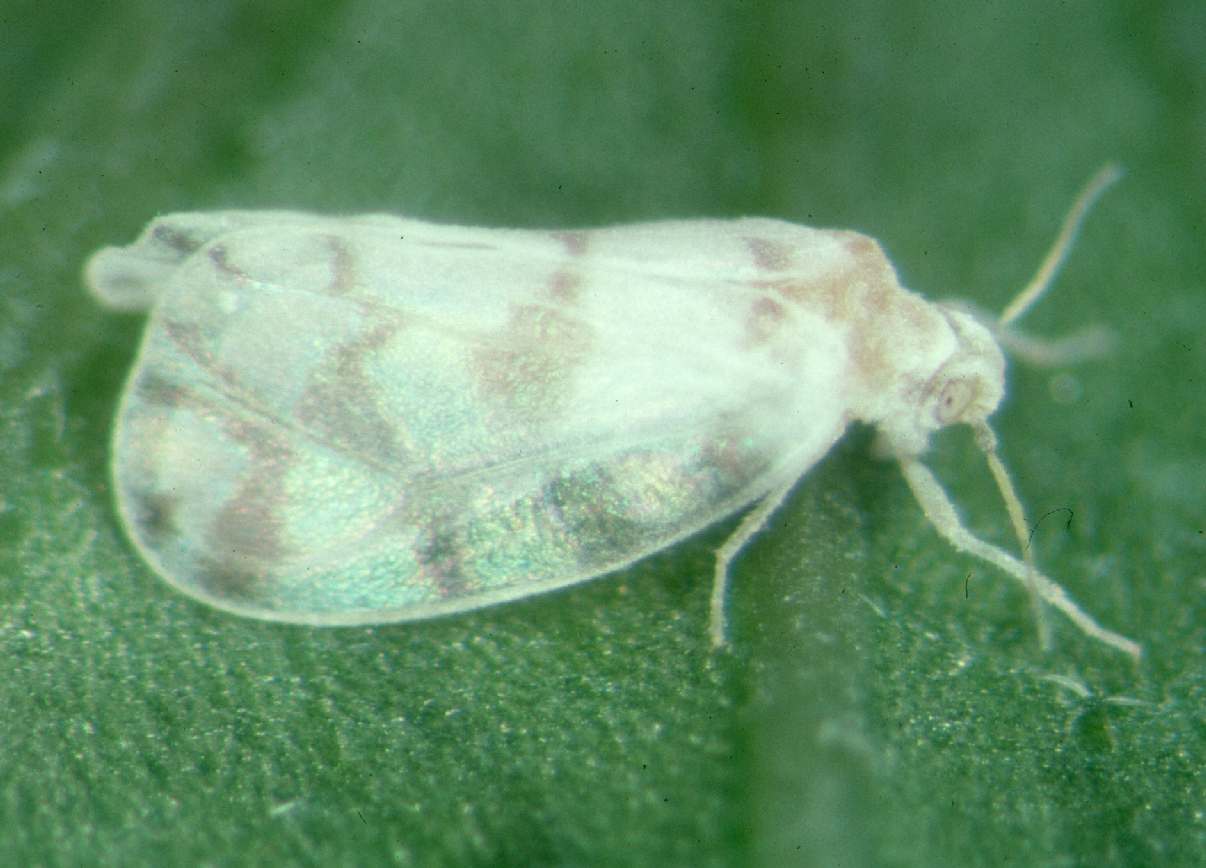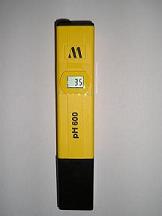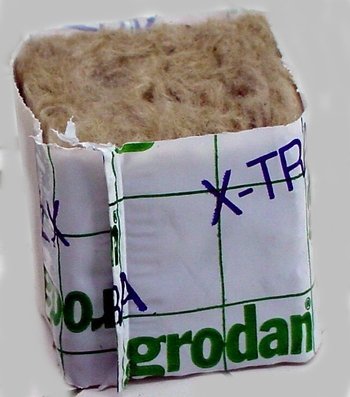If you are just getting started as a hydroponic grower or indoor gardener, you’re probably hearing a lot of confusing terms. This glossary of terms used in hydroponic growing and indoor gardening should help.
Aeroponics

A process of growing plants derived from hydroponics and is related to the latter because it uses water as a growing medium. Although more high-performance, it is more cumbersome, as irrigation is performed via a pump that sprays a mist of nutrient solution directly on the roots. The process requires the use of especially designed pots with holes or basket-like pots.
Aleurodes
Small, harmful flying insect (commonly called White Fly).
Aphids
Tiny sap sucking biting insects measuring between 1 and 4 mm. Their colors vary and their colonies can cause considerable damage.
Ballast
A power supply box comprised of a starter, a condenser, and a transformer. It is essential for using MH and HPS light bulbs.
Biological Struggle
The use of parasitic or predatory species (also called auxiliaries) in cultivated areas to combat destructive species. Mites, gnats, or parasitic wasps—that pose no threat to humans or animals, contrary to the common arsenal of chemical pesticides and fungicides—are often used in this role.
Calcium (Ca)
A major nutrient whose two main roles are structural and metabolic.
Carbon dioxide (CO2)
An essential gas performing a vital role in photosynthesis. During the day, a plant uses up CO2 and breathes out oxygen. A CO2 deficiency will stop the growth of the plant. A CO2 diffuser can be used to increase the CO2 ratio in a room.
Clay Beads
A substrate used in hydroponic culture; it can be reused at the end of each crop and, thus, is very economical.
Clone – Cloning
Reproducing a plant asexually through cuttings and tissue culture.
Chlorophyll
A green pigment enabling photosynthesis, the process of using sunlight to produce carbohydrates in plants. Chlorophyll is composed of a porphyrin ring with a magnesium atom. This molecule is essential to photosynthesis.
Conductivity
The scale by which one determines the strength of a nutrient solution. Pure, unadulterated water does not conduct electricity. But as salts that are found in plant nutrients are dissolved the water, the solution begins to be able to conduct electricity. As more salts are dissolved, the more the water can conduct. Thus, the strength of this electrical current is used to measure the potency of the solution.
Cuttings
A technique for propagating a plant by sticking its tip in the ground so that it produces roots and develops into an identical plant.
Deficiency
A lack of one or several nutrients resulting in an interference with the physiological mechanisms of the plant. The deficiency can be the result of a lack or an excess quantity of fertilizer.
Degree Kelvin (K)
A unit of temperature of the International Measure System. Unlike other temperature units, the symbol K is not followed by the degree symbol (˚).
Dialyzer
A device for treating and purifying water. Water treated by osmosis is inert and produces optimal results in hydroponics. The process is particularly useful when the original water is high in salinity and is absolutely essential if the water to be treated originates from a salt-based water softener.
Ebb and Flow / Flood Table
A highly efficient hydroponic system frequently used in horticulture. It operates according to a very simple principle: a pump triggers flooding of the table, thus producing a “tidal flow” into the tank filled with clay beads. The water is then recycled for reuse.
Electro Conductivity (EC)
Electro conductivity is the ability to conduct electrical current. The higher the concentration of mineral salts in a solution, the higher its electrical conductivity will be. An EC tester measures a solution’s fertilizer concentration.
Fertilizer
A mixture of mineral elements whose role is to provide plants supplementary nutrients, thus improving growth and yield.
Fungicide
Photo sanitary product capable of killing or limiting the spread of parasitic fungi affecting plants.
Growth Period
Growing season for plants.
Hydroponic Culture
The growing of plants (flowers and vegetables) in aqueous solutions of nutrients without the aid of soil. It can also be called soil less cultivation. It relies on the automatic irrigation of plants through a system of pumps using mineral nutrient solutions instead of soil. Terrestrial plants may be grown with their roots in the mineral nutrient solution only or in an inert medium, such as perlite, gravel, or Rockwool. Because of their high-yield, hydroponic techniques are increasingly used in large agribusinesses.
Hermaphrodite: A plant having both male and female reproductive organs.
HPS
High Pressure Sodium (see Sodium Lamp)
Humidity
The index measuring the quantity of evaporated water present in air, as measured by a hygrometer. Ideally, the humidity rate of a culture chamber should be 80% during the growth period and only 50% during flowering. A humidity rate of 100% (i.e., saturation) is essential for the rooting of cuttings, to limit the sweating of the young clones and thus increase the success rate of rooting.
Hygrometer
An apparatus measuring the moisture level in hydroponic culture or in a compost substrate culture.
Hygrostat
A machine used for regulating humidity of air in indoor culture.
Ionizer
A device that purifies air and reduces odors like tobacco smoke, dust, pollen, and bacteria. It purifies indoor air in a few minutes and restores its natural balance.
Iron (Fe)
A minor nutrient that can be supplied to the root system through a soluble chelate compound.
Late blight
A highly contagious, often fatal fungous disease that can quickly devastate entire cultures.
Layering
A method of propagation by cuttings.
LED
The abbreviation for Light Emitting Diode which is a type of grow light.
Lumen
The unit for measuring the rate at which light is transmitted—it is equivalent to 1 foot-candle, or the illumination produced by a standard candle at a distance of one foot on a white background.
Lux
The same as a lumen, except that it measures luminosity from one meter. One lumen is approximately equal to 10 lux.
Macro Nutrients
They are the three essential basic elements enabling the growth of plants—nitrogen, phosphorus, and potassium. Known under the symbols N-P-K, their concentration is indicated on fertilizer containers in that specific order, for example 9-14-10.
Magnesium
An essential nutrient (vital to the growth of plants) that plays a major role in the composition of chlorophyll, the basis of photosynthesis.
Manganese
A trace-element that activates many enzymes and plays a fundamental role in the membranous system.
Medium
Medium simply refers to the material that your plants grow in. In traditional gardening, the medium is soil. In hydroponic gardening, it can be coconut fiber, clay pebbles, rockwool, water or even air. The medium you choose for your garden is going to depend upon your budget, goals, and specific needs.
Mealy Bug
A family of scale insects found in moist, warm climates. They are considered pests as they feed on plant juices of greenhouse plants, house plants and subtropical trees. They can easily be seen on the underside of leaves and at the junction points of many in many house plants. The mango mealy bug is oval and covered with a stringy wax that gives it its pinkish gray color.
Meristem
An undifferentiated tissue capable of active cell division, and therefore of adding new cells to the plant body and enabling its differentiation.
Metal Halide
MH lamps are used during the growth phase. They have a white-blue light spectrum that enables the development of plant leaves. They can also be used to enhance rooting and growth of cuttings. Those MH lamps must be connected to a store-bought ballast.
MH
See Metal Halide
Mother Plant
A plant that is uniquely cultivated to produce cuttings to be use for propagation through cloning. A mother plant can be maintained in a growth phase during several months, and even for a few years.
NFT (Nutrient Film Technique)
A hydroponic culture system in which a thin film of nutrient solution slowly drips from a platter or a canal on which plants are set in rock wool cubes or in basket pots. The roots spread onto a platter where they find all necessary nutrients and oxygen supply required for their healthy growth.
Nitrogen (N)
One of the three macro-nutrients, an essential chemical element needed by all life in large quantities for it to grow normally, as it enables the production of chlorophyll. A plant absolutely needs chlorophyll-enabling nitrogen for a vigorous growth and green leaves.
Nutrient Solution
A mixture of water and nutrients used to irrigate the substrate in which a plant is growing. The pH, ppm concentration and temperature of the solution must be rigorously controlled with appropriate instrumentation.
Osmosis
The physical process in which a solvent moves, without input of energy, across a semi permeable membrane (permeable to the solvent, but not the solute) separating two solutions of different concentrations. This yields the type of water which is optimal for hydroponic culture (or hydroponics).
pH

The pH (or hydrogen potential) is a measure of the acidity or the basicity of an aqueous solution. Less than 7 is acidic, over 7 is basic, while 7 is neutral.
pH Meter
A device to measure the hydrogen potential (pH) of water. There are two types of testers: chemical or electronic, and they are essential tools in hydroponics.
Phosphorus (P)
A major element of fertilization, indispensable to plant growth and particularly for seedlings and cuttings during the complete flowering phase. Phosphorus is used by the plant during the photosynthesis cycle. Any lack of that element can reduce or stop plant growth.
Photometer
Instrument used to measure light intensity or lumen.
Photoperiodism
Reaction of a plant to a variation in daylight and night length.
Photosynthesis
A natural process in which plant species use the sun’s luminous energy to convert soil water and carbon dioxide into biological molecules. The process enables plants to produce the sugars that are essential to its growth.
Potassium (K)
Major plant nutrient that plays an important role in the product, transport, and storage of sugars within the plant.
PPM (Part Per Million)
A measuring system used in the production of nutrient solutions, to determine the ratio of nutrients in a liquid solution. One part-per-million corresponds to a ratio of 10/6, i.e., part per 106 or one milligram per kilogram. A ppm is not a concentration, but a ratio, i.e., a quotient without a dimension, as opposed to a percentage.
Pyrethrins
Botanical/biological insecticide derived from a chrysanthemum; a substance frequently used in organic farming.
Reflector

A reflector is attached to a grow light to scatter light in the most efficient manner. There are many types and model of reflectors used in indoor cultivation.
Rockwool
A culture substrate, also called stone wool, commonly used in hydroponics, and manufactured from volcanic rock fibers obtained by fusion at 1500˚C and centrifugation.
Seedling
The sexual reproduction of plants obtained by the germination of a seed.
Sodium Lamp
HPS (High Pressure Sodium) sodium lamps are used during the plant’s flowering or fructification phase. They have an orange-red light spectrum that enhances the growth of flowers or fruits through the stimulation of sugar production. These lamps must be connected to a commercially available ballast.
Spider Mites
The spider mite is a tiny, practically invisible insect that lives in large colonies that cause havoc in plants. Also called red spiders, they feed on sap and thrive in a warm, dry environment. To ensure proper identification of that creature, bring a sample in a Ziplock bag to our store.
Substrate

A culture medium used to grow plants, either through hydroponics or in-soil cultivation. Clay beads, rock wool, perlite, coconut fiber, etc.
Thrips
Any of numerous insects (family tripidae) that are of small often minute size, that have narrow broadly fringed wings with rudimentary nervures, asymmetrical mouth parts used for sucking. They feed mostly on plant juices and are often destructive pests because they extract sap by scratching plant tissue.
Trace Elements
Pure mineral elements essential to the life of an organism and found in minute quantities. Those nutrients must constantly be available to give plants what they need for optimal growth.
Washing Out
Washing out consists of ridding your substrate of excess nutrients. Washing out the substrate with an appropriate solution before harvest will improve the taste of the plant or fruit.
White Flies (See Dialeurode)
Zinc (Zn)
A trace element that operates in conjunction with magnesium and manganese. It plays a role in the production and conservation of Chlorophyll.
Related Articles & Free Email Newsletter
A Mittleider Grow Box Combines Soil Gardening & Hydroponics
A Simple and Inexpensive Passive Hydroponics for Home Hobby Growers



Comment here